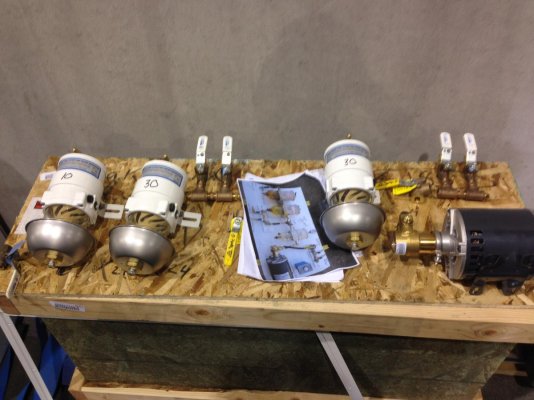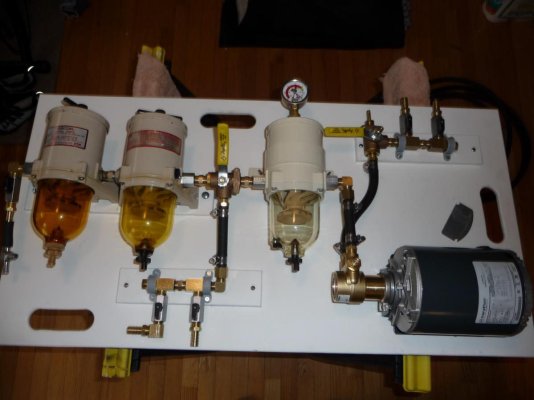Lostsailor13
Senior Member
What do you fellows with fuel polishing systems run for 12v pumps,I've been looking and the 4-7 psi low pressure 30 gph pumps look like toys,the new system will be hooked up to a gulfcoast f1 filter then racor 500,gulfcoast filter has 3/8 fittings,my returns are 1/4 the gulf coast is rated 120 gallons per hour,at 90 psi I want a powerful pump to max gulfcoast,if the flow of the pump exceeded filter capacity but not psi just for turbo polishing would that be a bad thing,I'll just like some examples of pump sizes gulfcoast filter tried to sell me a 200 12v pump that is rated for 30 gallons per hour and they look tiny
Last edited:


